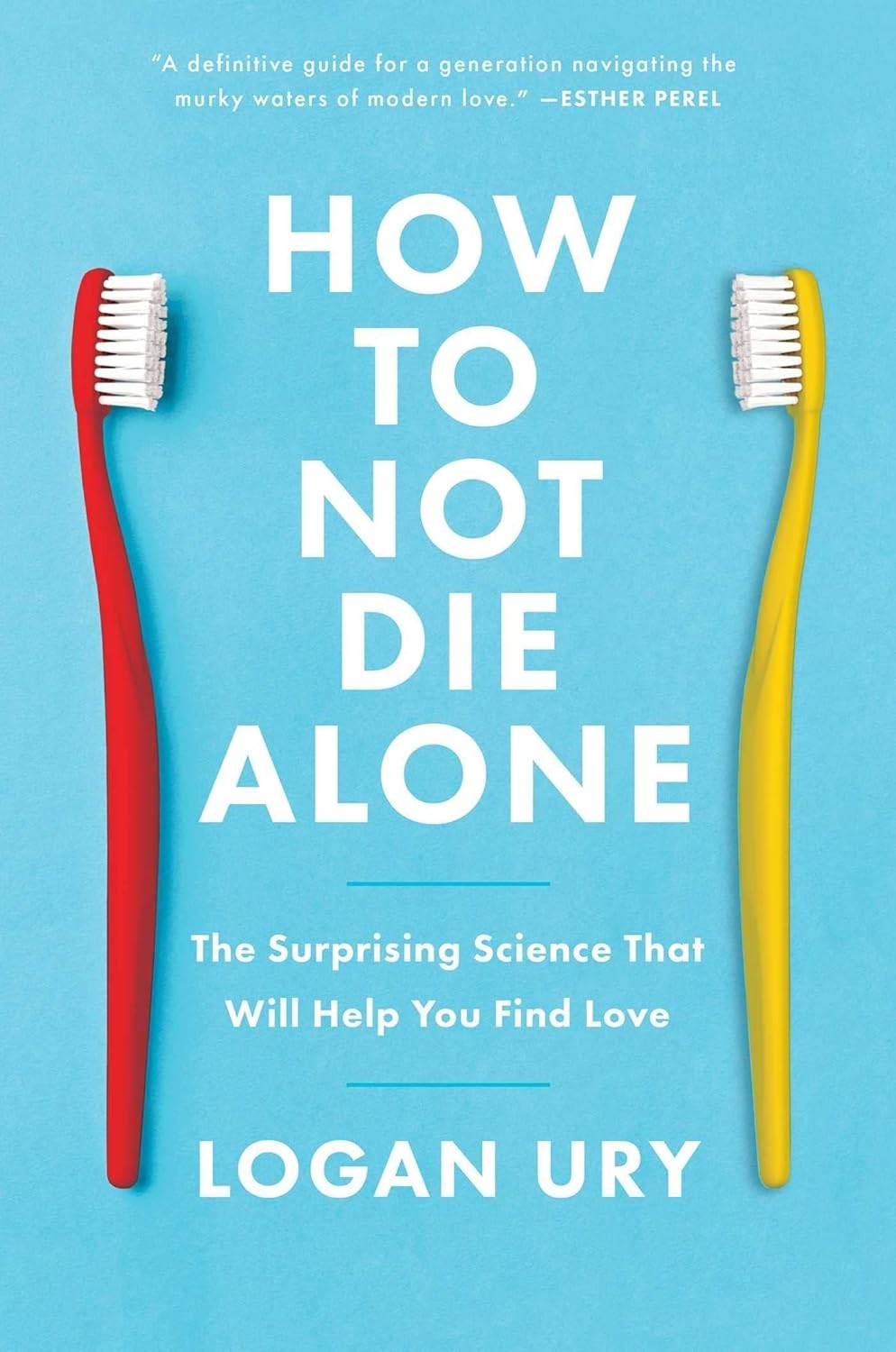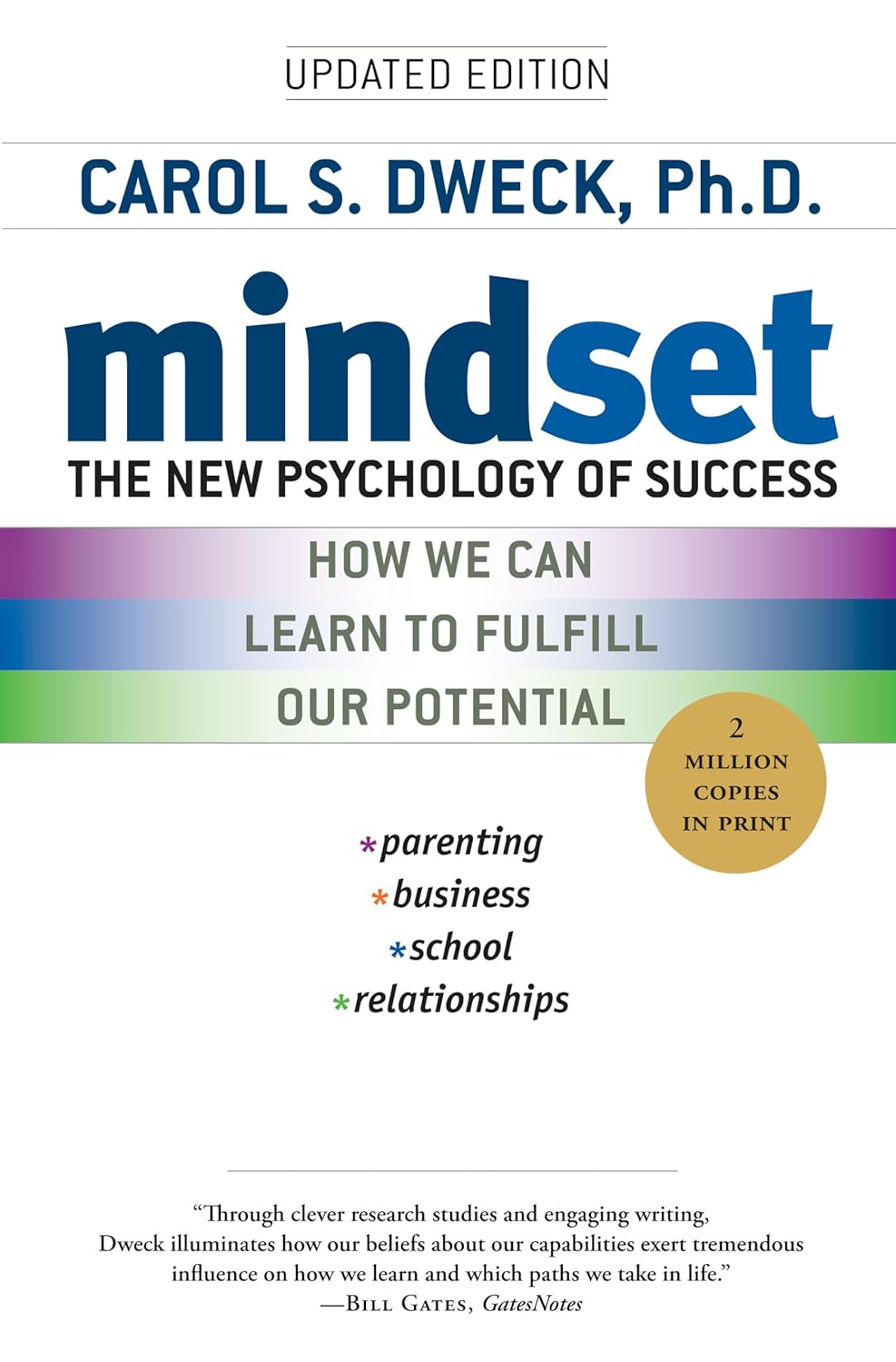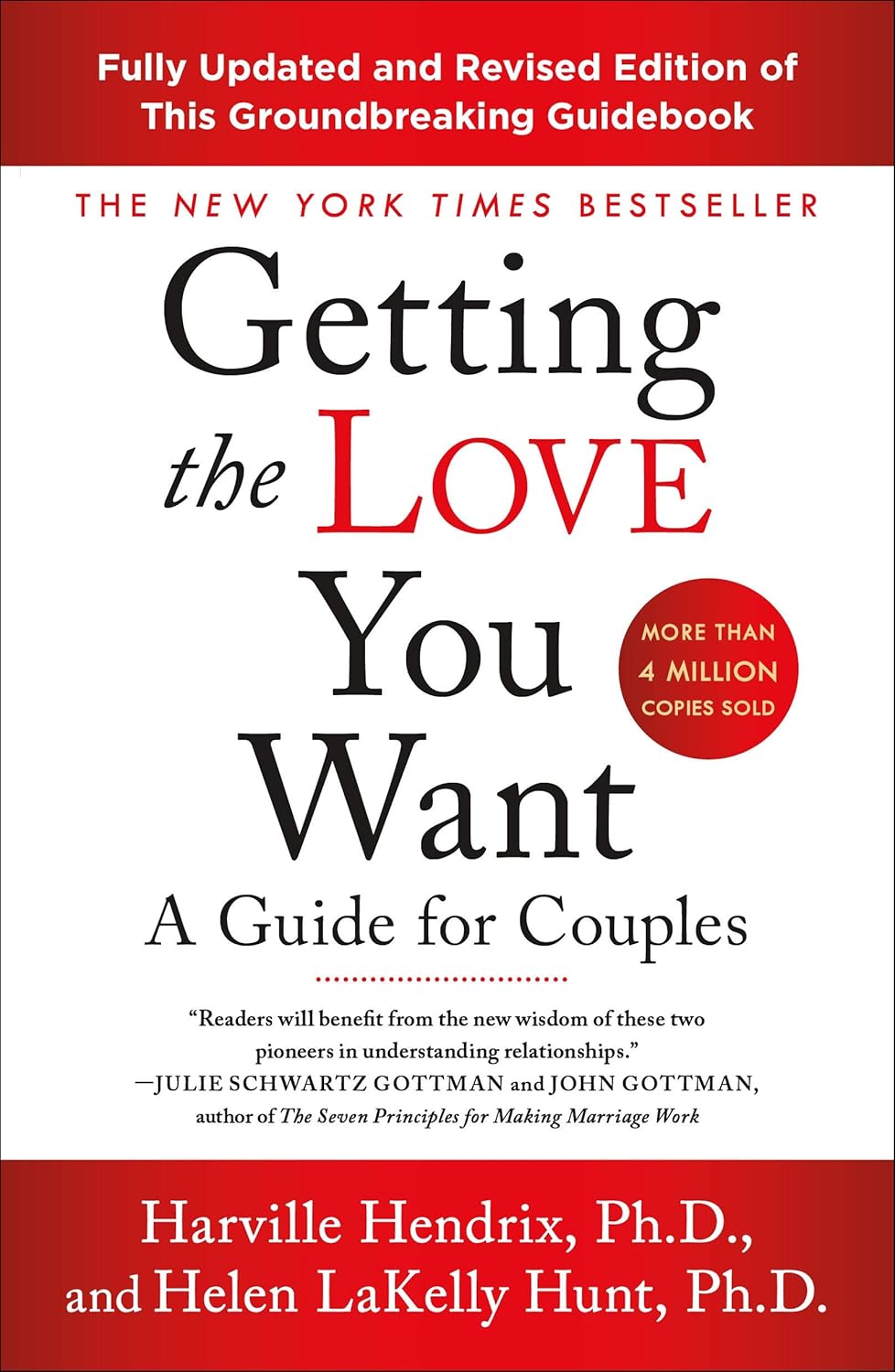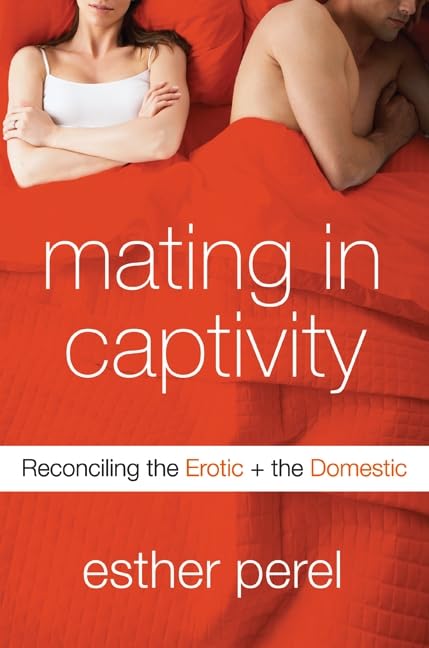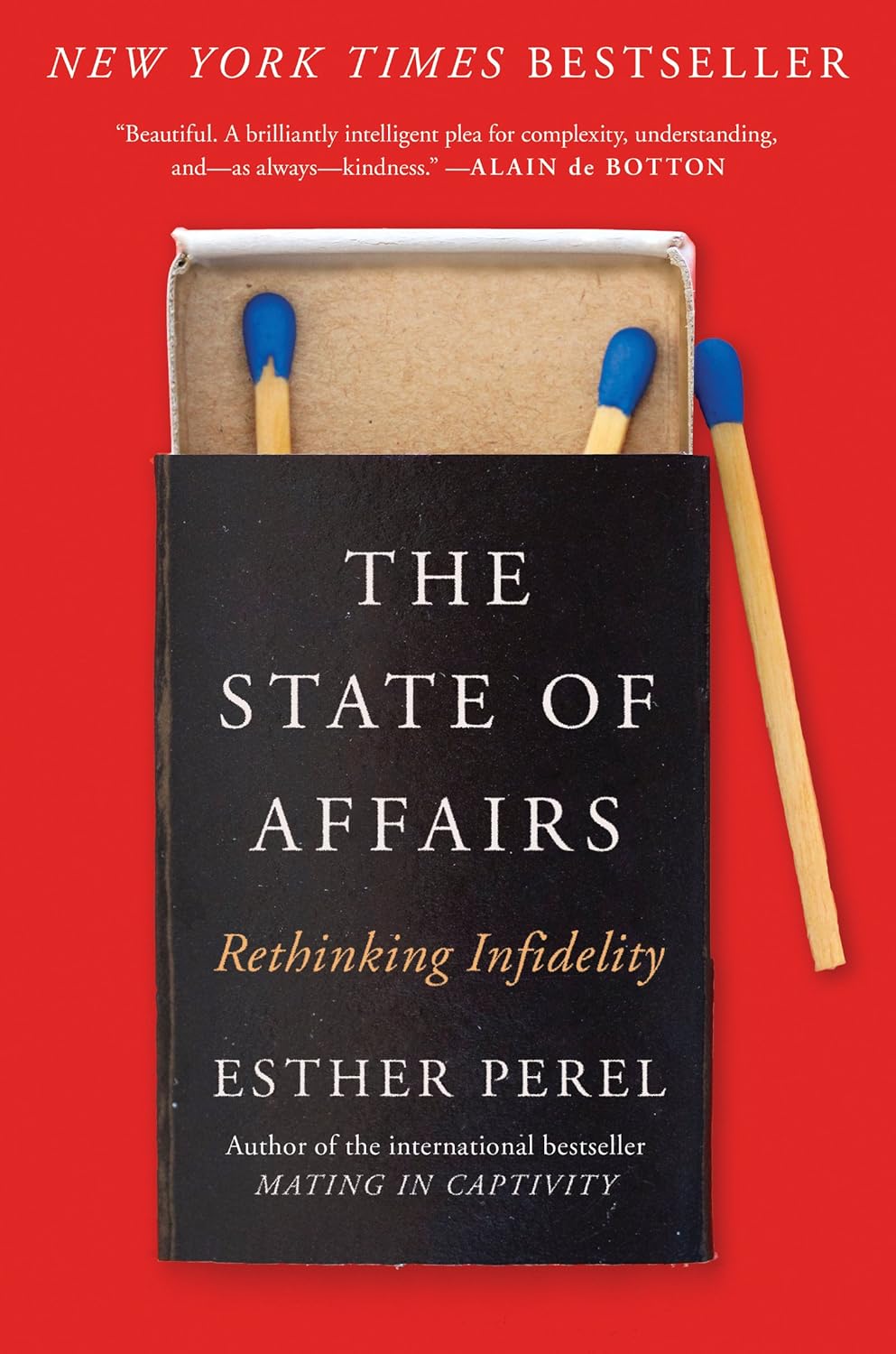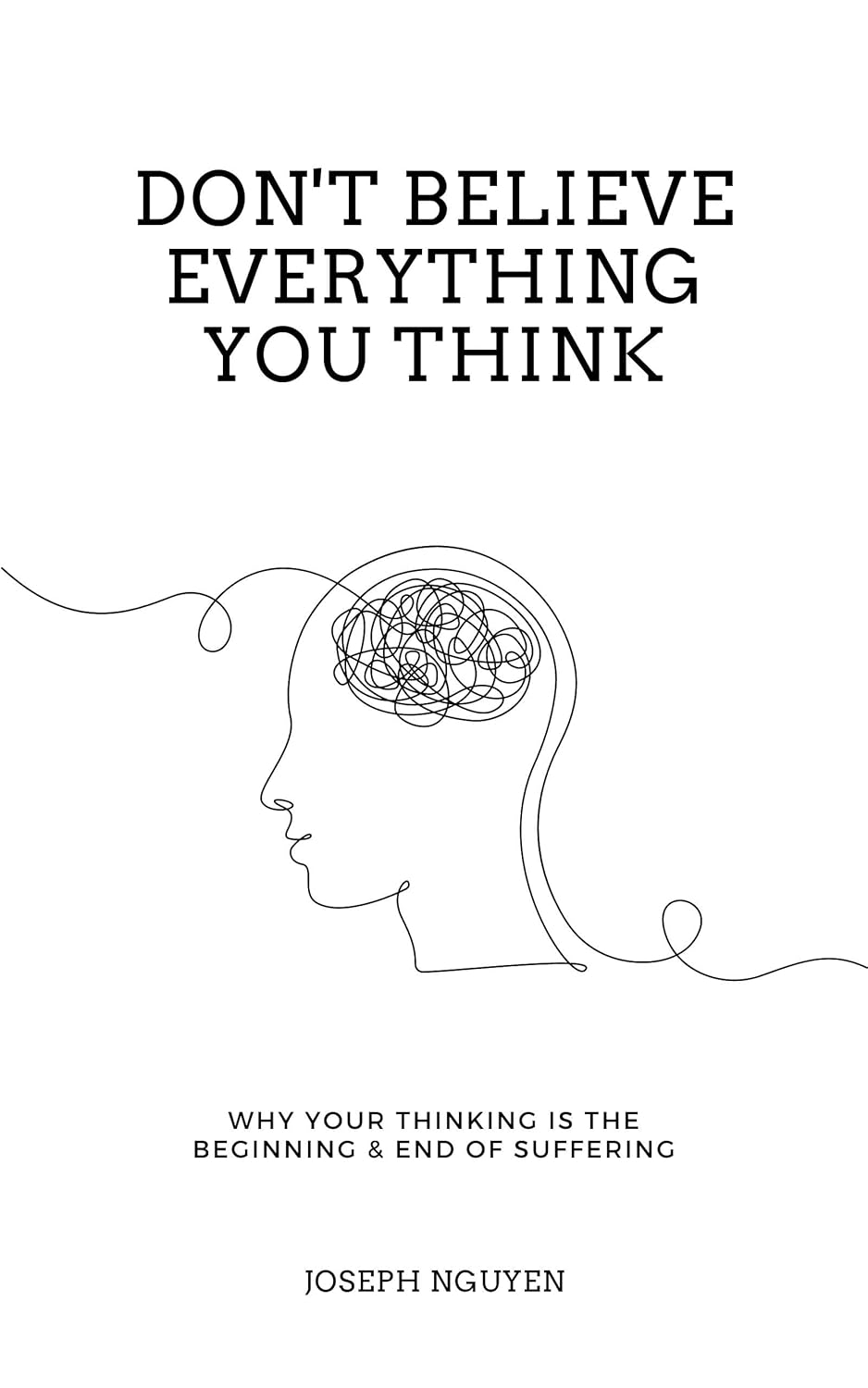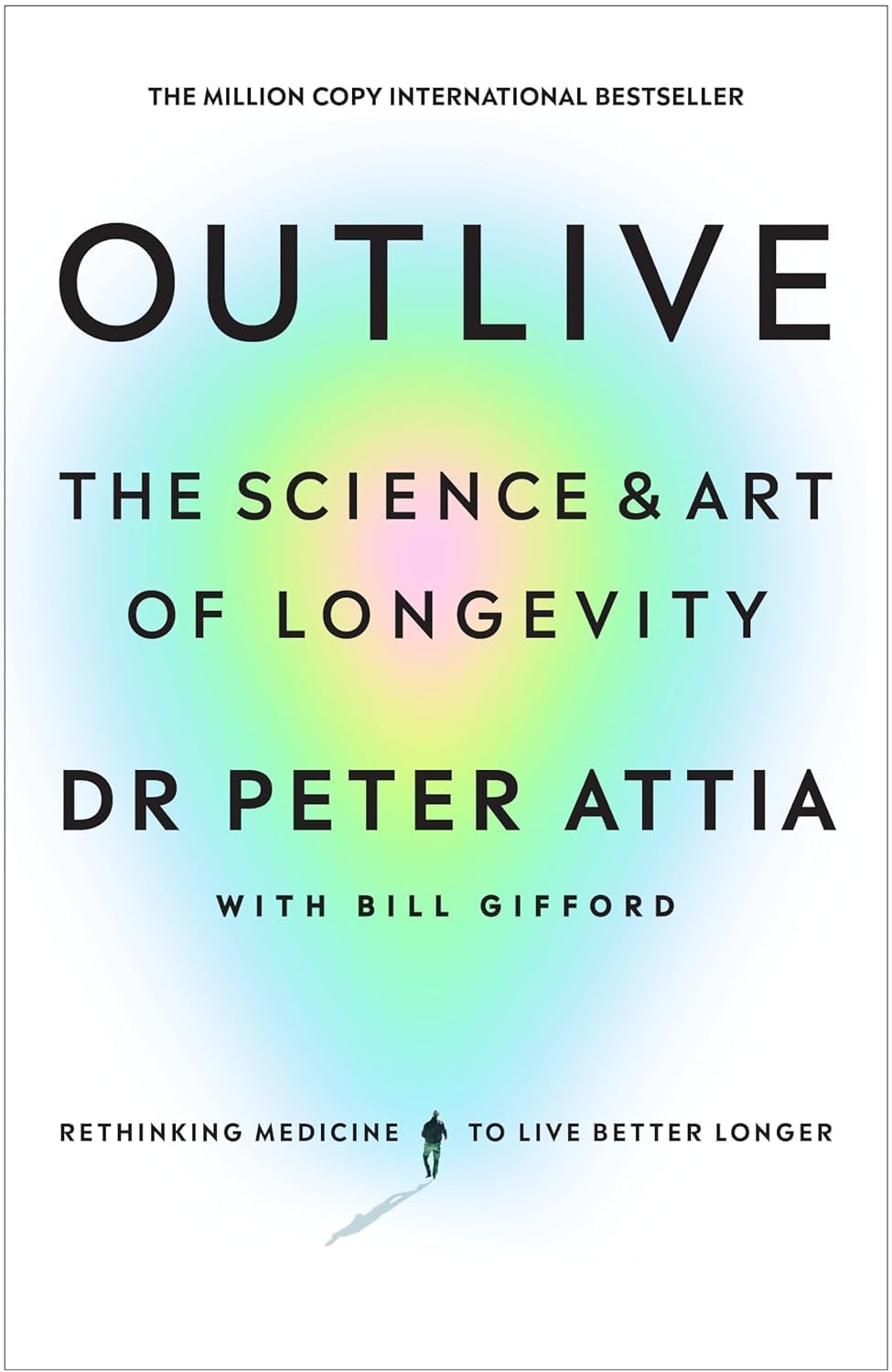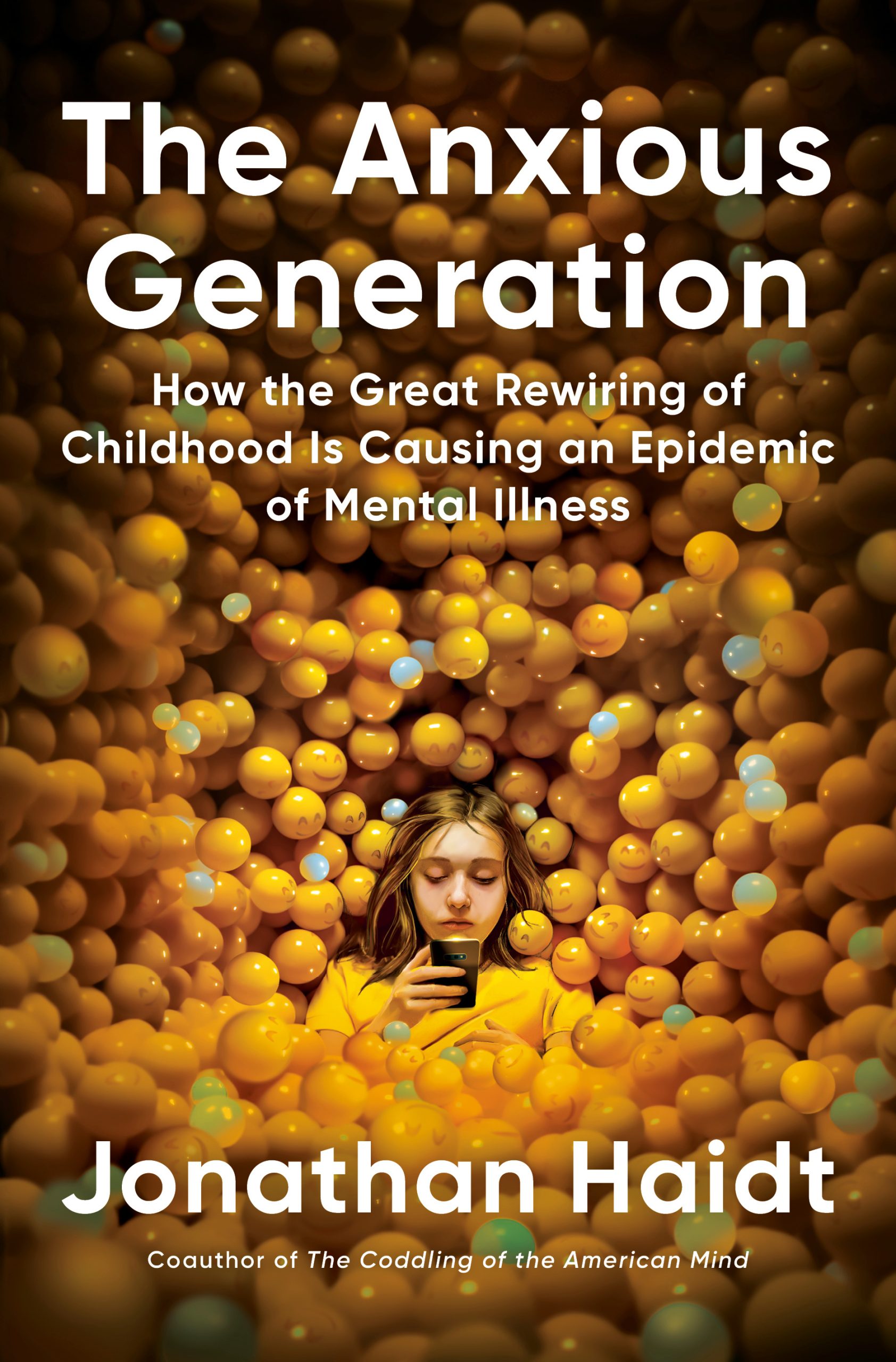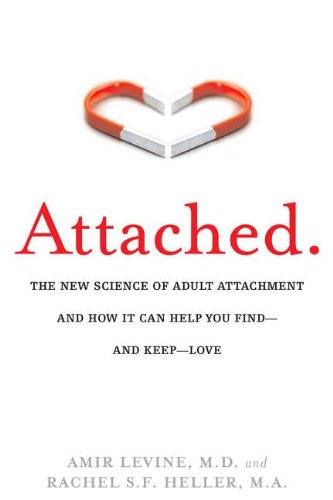
Buy The Book
Chapter
- INTRODUCTION – The New Science of Adult Attachment
- ✦ 1. Decoding Relationship Behavior
- ✦ 2. Dependency Is Not a Bad Word
- PART ONE: Your Relationship Toolkit-Deciphering Attachment Styles
- ✦ 3. Step One: What Is My Attachment Style?
- ✦ 4. Step Two: Cracking the Code—What Is My Partner’s Style?
- PART TWO: The Three Attachment Styles in Everyday Life
- ✦ 5. Living with a Sixth Sense for Danger: The Anxious Attachment Style
- ✦ 6. Keeping Love at Arm’s Length: The Avoidant Attachment Style
- ✦ 7. Getting Comfortably Close: The Secure Attachment Style
- PART THREE – When Attachment Styles Clash
- ✦ 8. The Anxious-Avoidant Trap
- ✦ 9. Escaping the Anxious-Avoidant Trap: How the Anxious-Avoidant Couple Can Find Greater Security
- ✦ 10. When Abnormal Becomes the Norm: An Attachment Guide to Breaking Free
- PART FOUR: The Secure Way – Sharpening Your Relationship Skills
- ✦ 11. Effective Communication: Getting the Message Across
- ✦ 12. Working Things Out: Five Secure Principles for Dealing with Conflict
Attached: The New Science of Adult Attachment and How It Can Help You Find—and Keep—Love
About
This insightful work explores the science of adult attachment, offering a deep understanding of how attachment styles—secure, anxious, or avoidant—impact our romantic relationships and emotional bonds. Drawing from decades of psychological research, the authors explain how attachment patterns are formed during childhood and continue to shape our behaviors, needs, and expectations in adulthood. The book combines relatable anecdotes, evidence-based insights, and practical strategies to help readers identify their own attachment style and understand their partner’s. It provides actionable advice for navigating relationship challenges, fostering better communication, and creating secure, lasting connections. Whether you are looking to improve your current relationship, make sense of past struggles, or gain clarity about your emotional needs, this book serves as a comprehensive guide to building healthier, more fulfilling relationships.
Dr. Amir Levine, a psychiatrist and neuroscientist, and Rachel Heller, a relationship coach and psychologist, co-authored this work. Their expertise makes complex psychological concepts accessible and actionable for all readers.
For People
– Individuals seeking self-awareness in relationships
– Couples looking to strengthen their bond
– People recovering from unhealthy relationship patterns
– Professionals in the mental health or counseling field
– Those curious about the psychology of emotional attachment

Spark
Review
Like this
INTRODUCTION – The New Science of Adult Attachment
✦ 1. Decoding Relationship Behavior
Relationships can sometimes feel overwhelming, with behaviors that seem contradictory or difficult to interpret. At the center of these dynamics is the human need for connection, which is hardwired into everyone’s biology. Attachment is an innate system that encourages people to seek closeness to others as a way to feel safe and supported. This system, which has evolved to ensure survival, plays a crucial role in shaping how individuals interact with romantic partners. However, people are not all the same when it comes to forming bonds. Some approach relationships with a natural sense of security, while others may struggle with anxiety or opt to maintain emotional distance. These differences are rooted in attachment styles, which are shaped by early life experiences and significantly influence adult relationships.
Attachment styles help explain why some people feel confident and stable in relationships while others are overwhelmed by fear of rejection or discomfort with vulnerability. Understanding these patterns provides clarity about emotional struggles, miscommunications, or recurring conflicts. It becomes easier to see that behaviors are not random but instead follow predictable patterns based on attachment. By decoding these behaviors, individuals can gain greater insight into their own needs and those of their partners, ultimately paving the way for healthier, more fulfilling connections.
✦ 2. Dependency Is Not a Bad Word
The concept of dependency often carries a stigma, as if relying on others is a sign of weakness or an inability to stand on one’s own. However, this perspective overlooks the profound importance of emotional connection in human relationships. Seeking closeness and support from a partner is not a flaw but a natural and healthy aspect of being human. Emotional dependency, when balanced and reciprocal, can actually be a source of strength rather than vulnerability. It provides a secure base that allows individuals to face life’s challenges with greater confidence and resilience.
Modern culture often glorifies independence, promoting the idea that self-reliance is the ultimate goal. However, this mindset can lead to isolation and disconnection, ignoring the reality that people are biologically wired to depend on one another. A secure, interdependent relationship is built on trust and mutual support, where both partners feel comfortable leaning on each other without fear of judgment or rejection. This type of bond fosters emotional intimacy and creates a sense of safety and stability. Rather than striving to be entirely self-sufficient, embracing dependency as a natural part of love can deepen the connection between partners and lead to more satisfying and enduring relationships.
PART ONE: Your Relationship Toolkit-Deciphering Attachment Styles
✦ 3. Step One: What Is My Attachment Style?
The journey toward healthier relationships begins with self-awareness, and identifying your attachment style is a crucial first step. Attachment styles fall into three primary categories: secure, anxious, and avoidant. Secure individuals generally feel comfortable with emotional intimacy and are confident in balancing their need for independence with their desire for closeness. Anxious individuals, on the other hand, often struggle with worries about their partner’s availability or love, leading to a heightened need for reassurance and closeness. Avoidant individuals tend to feel uncomfortable with deep emotional connection and may prioritize independence over intimacy, often pulling away when relationships become too close.
To determine your attachment style, reflect on your emotional responses and behaviors in romantic relationships. Do you find comfort in expressing your needs and emotions, or do you avoid vulnerability out of fear of rejection? Are you prone to feeling insecure about your partner’s feelings, or do you find yourself withdrawing when things become intense? Recognizing these tendencies helps uncover patterns that may be influencing your relationships, both positively and negatively. Understanding your attachment style is not about labeling yourself but about gaining insight into how your emotional history may shape your behavior. This awareness allows you to take meaningful steps toward building healthier, more secure connections.
✦ 4. Step Two: Cracking the Code—What Is My Partner’s Style?
Relationships are a two-way street, and understanding your partner’s attachment style is just as important as recognizing your own. Attachment styles significantly influence how people act, communicate, and respond emotionally in their relationships. By observing your partner’s behavior and emotional patterns, you can gain insight into their attachment tendencies. Do they seem naturally open and comfortable with emotional closeness, or do they struggle with expressing their feelings? Are they consistent and dependable, or do they sometimes appear distant or overly needy? These observations can help identify whether your partner leans toward a secure, anxious, or avoidant attachment style.
A secure partner typically fosters a stable and supportive relationship, while an anxious partner may frequently seek reassurance or fear abandonment. An avoidant partner may prioritize their independence, appearing emotionally distant or uncomfortable with dependency. Recognizing your partner’s style isn’t about judging them but about building empathy and understanding. Knowing their attachment tendencies can help you avoid taking certain behaviors personally and instead approach conflicts or misunderstandings with clarity and compassion. By adapting your communication style and addressing both partners’ emotional needs, you can create a stronger, more harmonious bond. This understanding can transform your relationship, fostering deeper trust and emotional connection.
PART TWO: The Three Attachment Styles in Everyday Life
✦ 5. Living with a Sixth Sense for Danger: The Anxious Attachment Style
Anxious attachment brings a heightened sensitivity to relationships, almost like having a radar for potential signs of disconnection or rejection. This heightened awareness often creates a strong desire for closeness and reassurance, as well as a fear of abandonment. When someone with this attachment style perceives even small signs of emotional distance, their mind may race with worry, leading to behaviors aimed at restoring a sense of connection. These behaviors might include constant texting, seeking continual affirmation, or overanalyzing a partner’s words and actions.
This attachment style often stems from inconsistent caregiving in early life, where love and attention may have felt unpredictable. As a result, there is a deep need for stability and predictability in relationships. While this longing for closeness can foster deep emotional bonds, it can also lead to feelings of insecurity when reassurance isn’t readily available. Recognizing this pattern is crucial for managing anxiety in relationships. By understanding and communicating needs clearly, it becomes possible to foster healthier connections. Building trust in a partner who is dependable and emotionally available can help ease the fear of abandonment, allowing for greater emotional stability and a more secure bond.
✦ 6. Keeping Love at Arm’s Length: The Avoidant Attachment Style
Avoidant attachment is characterized by a strong need for independence and self-reliance, often at the expense of emotional intimacy. Those with this attachment style value their autonomy and may struggle to fully open up or connect deeply with a partner. When a relationship starts to feel too close or demanding, there may be a tendency to withdraw, either physically or emotionally, as a way of maintaining a sense of control. This can manifest as reluctance to commit, difficulty expressing emotions, or even a habit of focusing on a partner’s flaws to create emotional distance.
This attachment style often develops from early experiences where dependency on others may have felt unsafe or unreliable. As a protective mechanism, emotional self-sufficiency becomes a priority, leading to discomfort with vulnerability or dependence in relationships. While those with avoidant tendencies often desire love and connection, the fear of losing independence creates a push-and-pull dynamic. Recognizing this pattern is essential for fostering healthier bonds. By learning to trust and embrace emotional closeness, it becomes possible to build connections that feel safe and supportive. Finding a partner who respects the need for space while remaining emotionally present can help create a more balanced and fulfilling relationship.
✦ 7. Getting Comfortably Close: The Secure Attachment Style
Secure attachment reflects a balanced and confident approach to relationships, where emotional closeness is both welcomed and comfortable. Those with this attachment style feel at ease expressing their needs and emotions while also respecting their partner’s independence. Trust, communication, and emotional availability come naturally, creating a stable foundation for deep and lasting connections. When conflicts arise, they can address issues calmly and constructively without fear of rejection or abandonment.
This attachment style typically develops from early experiences where caregivers were consistently responsive and supportive, fostering a sense of safety and trust. As a result, securely attached individuals enter relationships with a strong sense of self-worth and confidence in their partner’s love and reliability. They are less likely to engage in reactive behaviors, such as withdrawing or clinging, and are better equipped to navigate challenges with empathy and understanding.
Secure attachment not only benefits romantic relationships but also promotes well-being in other areas of life. The ability to depend on others and allow others to depend on you fosters a sense of mutual support and connection. While some people naturally have secure attachment, others can work toward developing these traits by building trust, improving communication, and cultivating emotional awareness in their relationships.
PART THREE – When Attachment Styles Clash
✦ 8. The Anxious-Avoidant Trap
The anxious-avoidant dynamic can create a frustrating and painful cycle in relationships. When someone with an anxious attachment style pairs with someone who has avoidant tendencies, their opposing needs and behaviors often clash. The anxious partner seeks closeness, reassurance, and constant connection, while the avoidant partner feels overwhelmed and retreats to preserve their independence. This push-and-pull pattern leaves both partners feeling unsatisfied, misunderstood, and stuck in a cycle of emotional tension.
The anxious partner’s pursuit of closeness may be perceived by the avoidant partner as too demanding or suffocating, leading to withdrawal or detachment. In turn, the avoidant partner’s distancing behavior intensifies the anxious partner’s fears of abandonment, causing them to seek even more reassurance. This dynamic can escalate, leaving both partners feeling frustrated and disconnected.
Breaking free from this trap requires awareness and effort from both sides. The anxious partner can work on managing their fears and learning to self-soothe, while the avoidant partner can practice opening up and embracing emotional vulnerability. Clear communication and a willingness to meet each other’s needs halfway are essential for creating balance. With patience and understanding, it is possible to move beyond the cycle and build a more harmonious and secure connection.
✦ 9. Escaping the Anxious-Avoidant Trap: How the Anxious-Avoidant Couple Can Find Greater Security
Breaking free from the anxious-avoidant dynamic begins with recognizing the patterns that keep the cycle alive. The relationship often suffers because the anxious partner craves closeness and reassurance, while the avoidant partner feels overwhelmed and retreats. These opposing needs create a push-and-pull dynamic that leaves both partners feeling unfulfilled. To escape this trap, both individuals need to develop a deeper understanding of their own attachment tendencies and those of their partner.
The anxious partner can focus on managing their fears of abandonment by learning to self-regulate emotions and seeking reassurance in ways that don’t overwhelm their partner. Practicing patience and understanding that the avoidant partner’s distancing isn’t necessarily personal can help ease the tension. The avoidant partner, on the other hand, can work on gradually embracing emotional vulnerability and recognizing that closeness doesn’t have to mean losing independence. Open communication about needs and boundaries is key to bridging the gap between these opposing attachment styles.
Both partners can benefit from intentionally creating a more secure dynamic by meeting halfway. Building trust, becoming more emotionally attuned, and committing to consistent, honest communication can help the relationship evolve into a more stable and fulfilling connection, free from the constant push and pull of insecurity.
✦ 10. When Abnormal Becomes the Norm: An Attachment Guide to Breaking Free
Sometimes, unhealthy relationship patterns can feel so familiar that they become normalized, even when they cause emotional pain. When attachment needs are not met, individuals may find themselves stuck in cycles of insecurity, clinging to partners who are emotionally unavailable or distant. These patterns often stem from attachment wounds formed in early relationships, which may create a tendency to repeat the same dynamics in adult connections. Recognizing that this behavior is damaging is the first step toward breaking free.
Letting go of an unhealthy relationship often feels daunting because attachment bonds are powerful, even when they cause distress. Fear of being alone or losing the connection can keep someone trapped in a relationship that doesn’t serve their emotional needs. However, understanding the reasons behind this attachment and challenging the belief that love has to involve suffering can lead to empowerment.
Breaking free involves learning to prioritize emotional well-being and seeking relationships that align with secure attachment principles. Developing self-awareness, building self-worth, and understanding personal attachment triggers can help prevent falling into the same patterns in the future. By embracing the idea that love should feel stable, supportive, and safe, it becomes possible to move toward healthier, more fulfilling relationships.
PART FOUR: The Secure Way – Sharpening Your Relationship Skills
✦ 11. Effective Communication: Getting the Message Across
Clear communication is the foundation of a healthy relationship. Expressing needs and emotions in a constructive way allows both partners to feel heard and understood. Many conflicts arise not because of the issues themselves but due to misunderstandings or unclear expressions of feelings. Learning how to communicate effectively can transform the dynamic of a relationship, fostering trust and connection instead of tension or resentment.
Effective communication involves being honest about feelings without blaming or attacking. Starting statements with “I feel” rather than “You always” helps prevent defensiveness and keeps the conversation focused on resolving issues. Listening actively and validating the other person’s feelings, even if they differ from your own, creates a space where both partners feel valued. It’s also important to remain calm and avoid escalating conflicts by staying focused on the present issue rather than bringing up past grievances.
Timing and tone matter as well. Choosing the right moment to talk and approaching conversations with kindness and patience can lead to more productive outcomes. Healthy communication isn’t about winning an argument; it’s about strengthening the bond between partners. When both people feel safe expressing themselves, the relationship becomes more secure and resilient, even during challenging times.
✦ 12. Working Things Out: Five Secure Principles for Dealing with Conflict
Conflict is inevitable in any relationship, but handling it in a secure and constructive way can strengthen the bond between partners. The first principle for managing conflict is to stay calm and regulate emotions. When emotions run high, it becomes difficult to communicate effectively, so taking a step back to cool down can prevent unnecessary escalation.
The second principle is to focus on the issue at hand instead of blaming or criticizing. Attacking your partner’s character only creates defensiveness, while addressing specific behaviors fosters problem-solving. The third principle is to listen actively and show empathy. Understanding your partner’s perspective, even if you disagree, shows respect and helps build trust.
The fourth principle is to compromise and find solutions that work for both partners. Relationships thrive on teamwork, and resolving conflicts in a way that meets both people’s needs strengthens the connection. Finally, the fifth principle is to repair and reconnect after an argument. Apologizing, expressing forgiveness, and reaffirming love help restore emotional closeness and prevent lingering resentment.
By following these principles, it’s possible to turn conflict into an opportunity for growth. Instead of driving partners apart, disagreements can become a way to deepen understanding and create a more secure and loving relationship.






